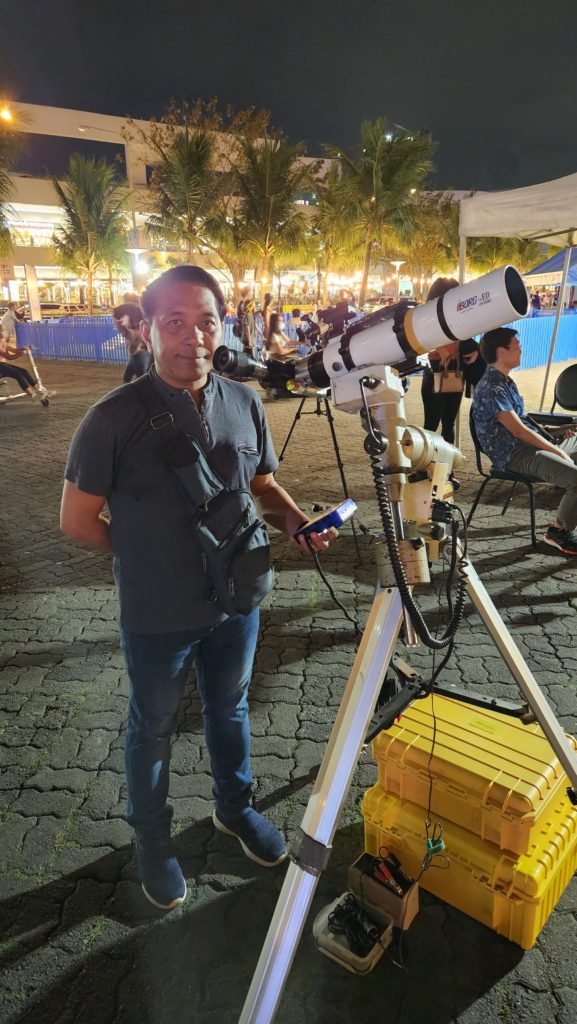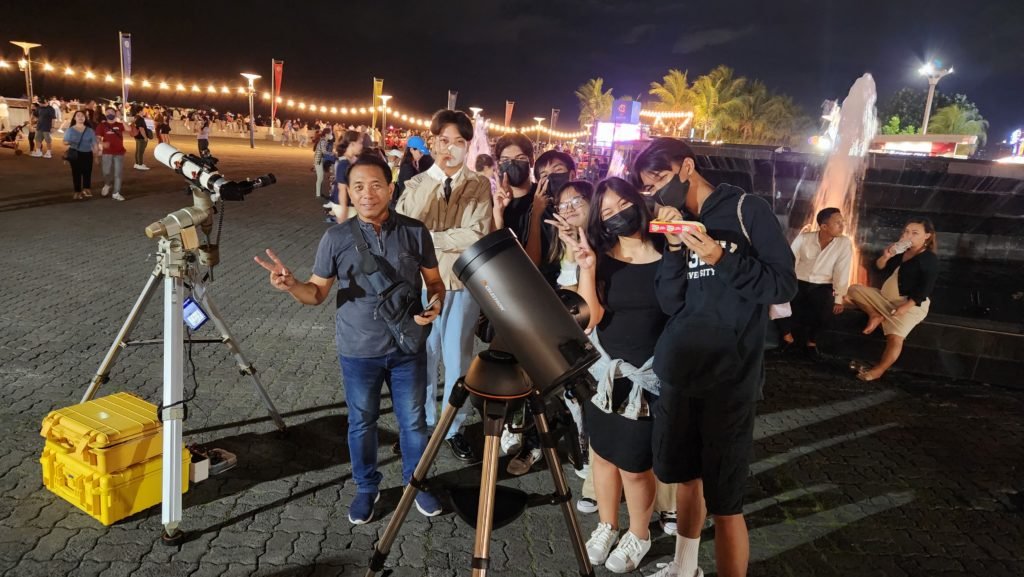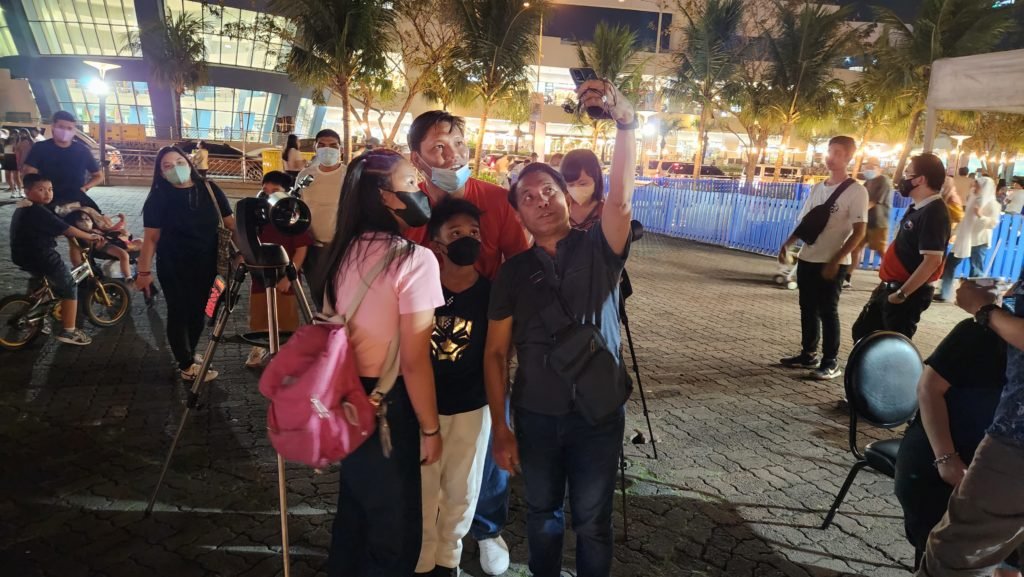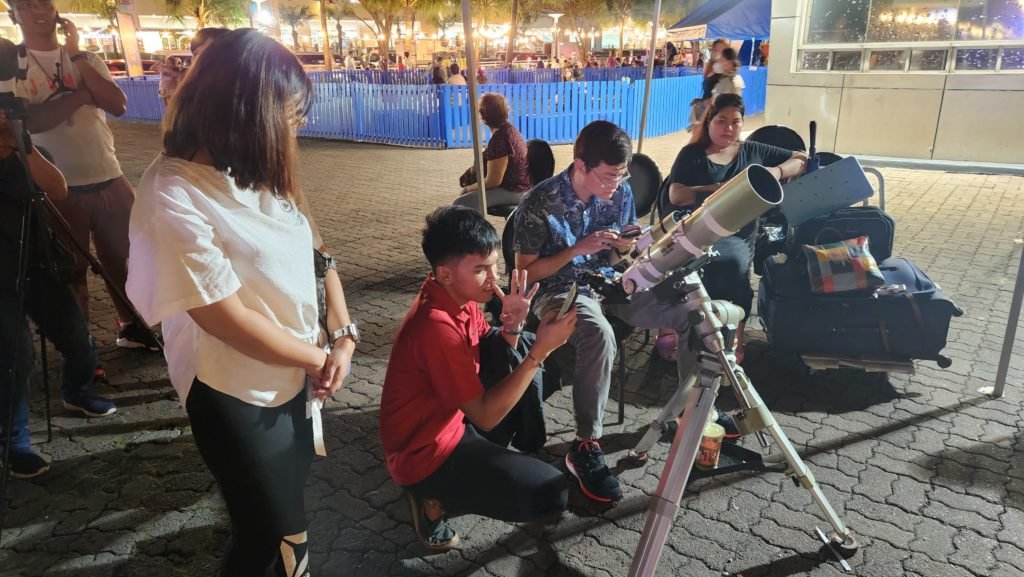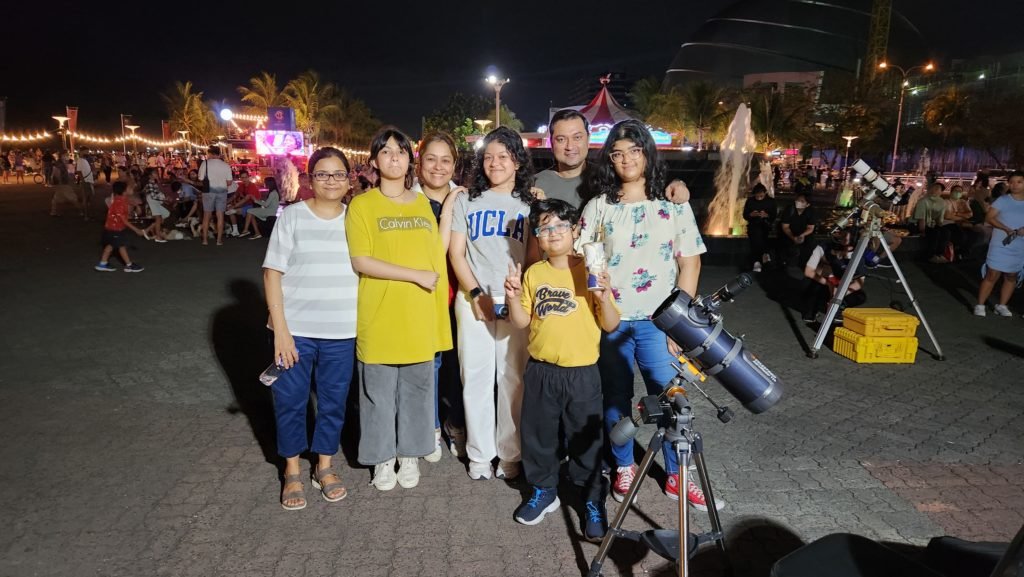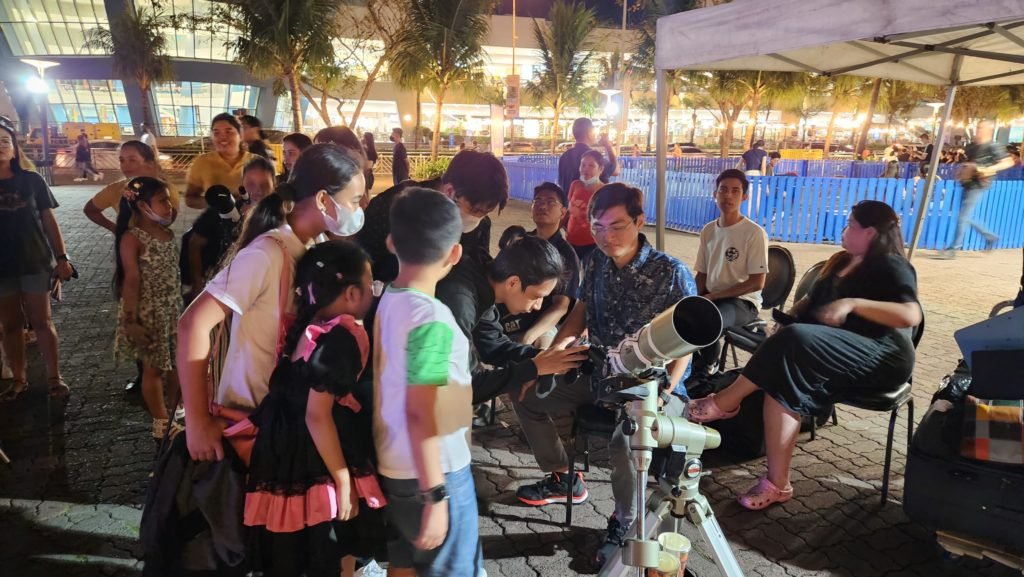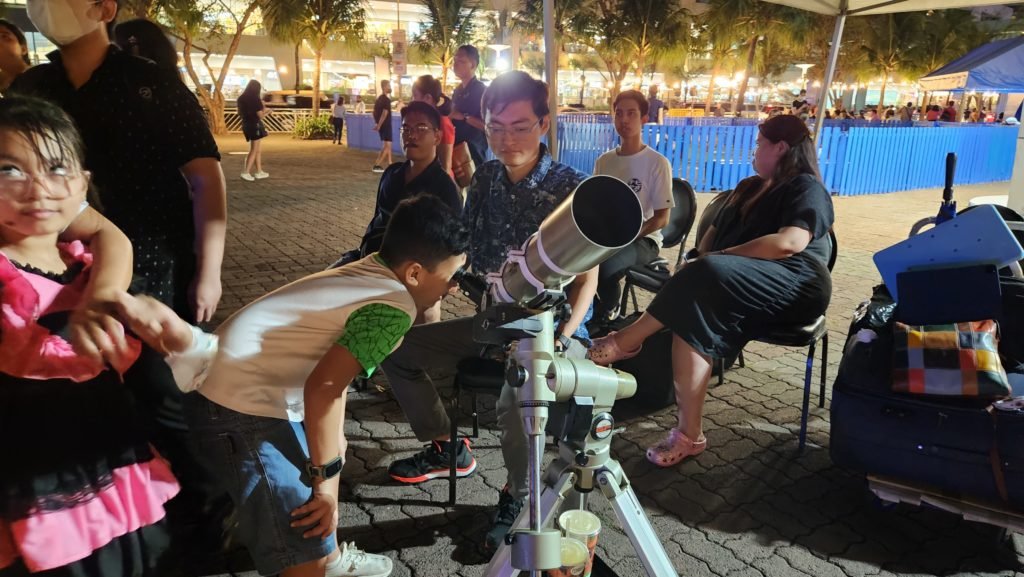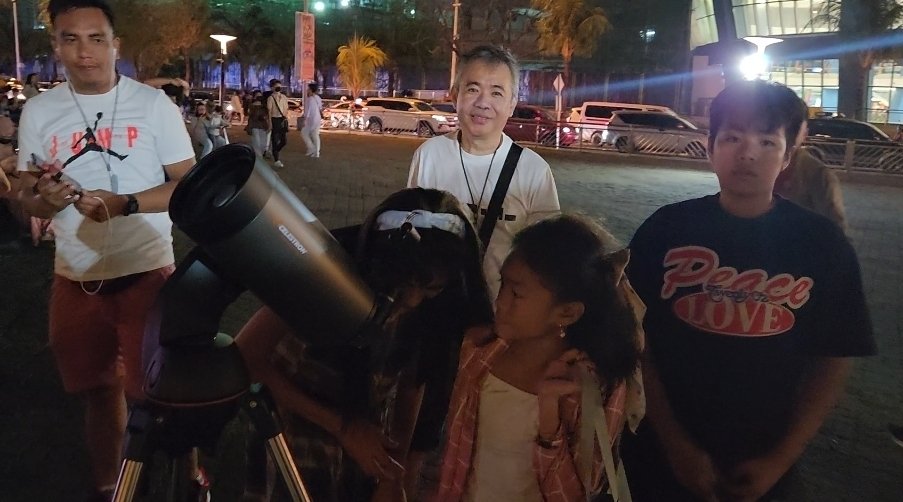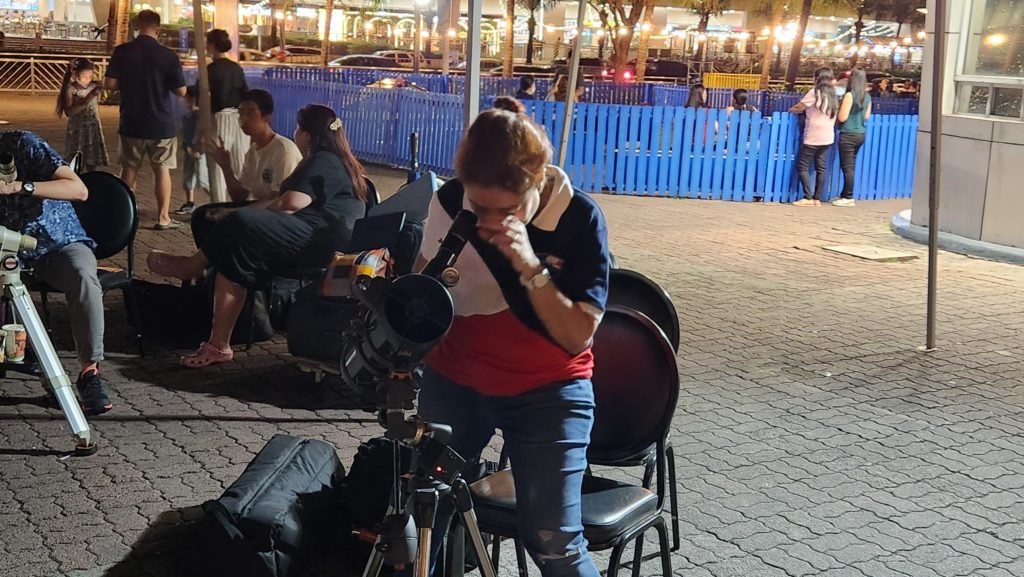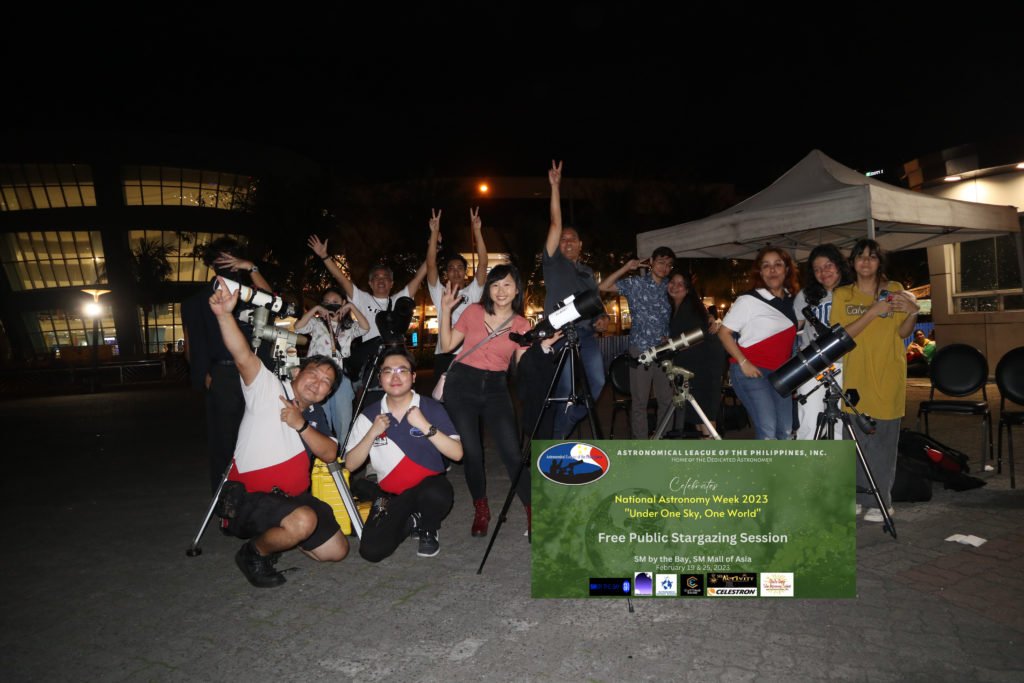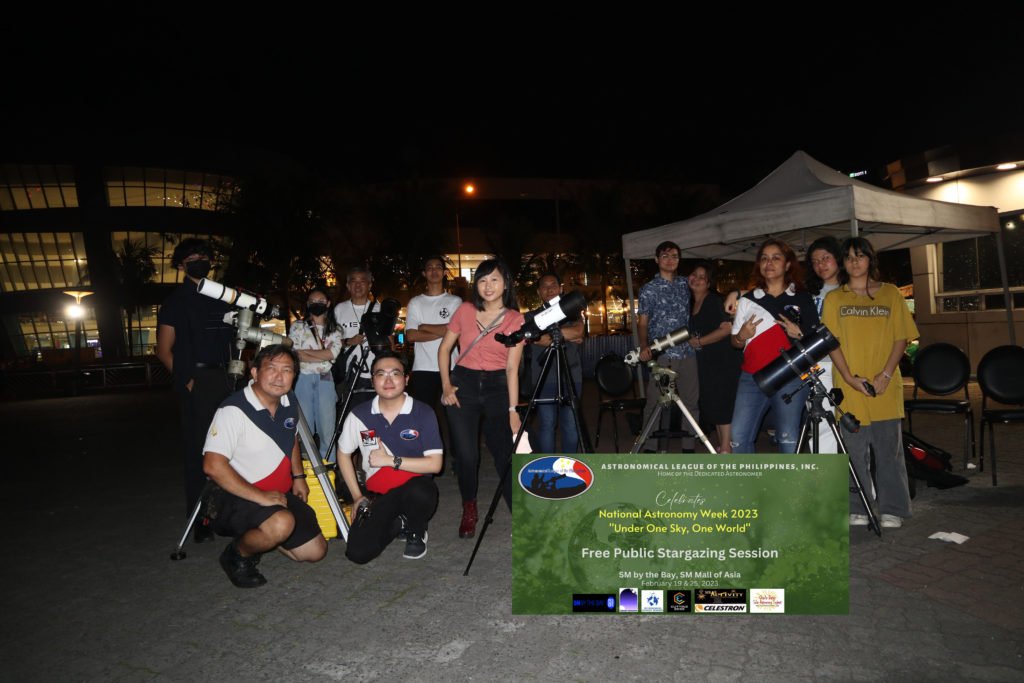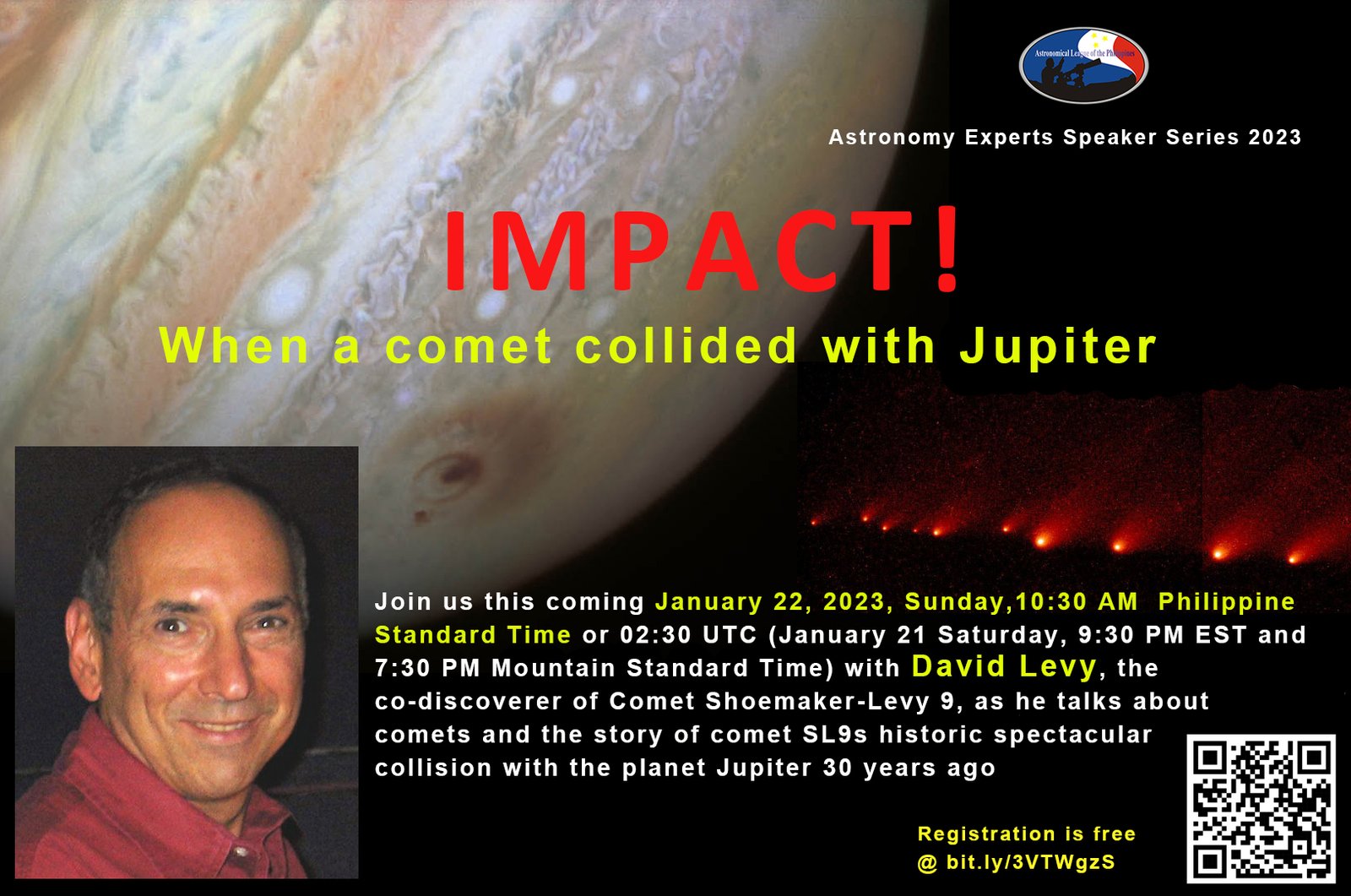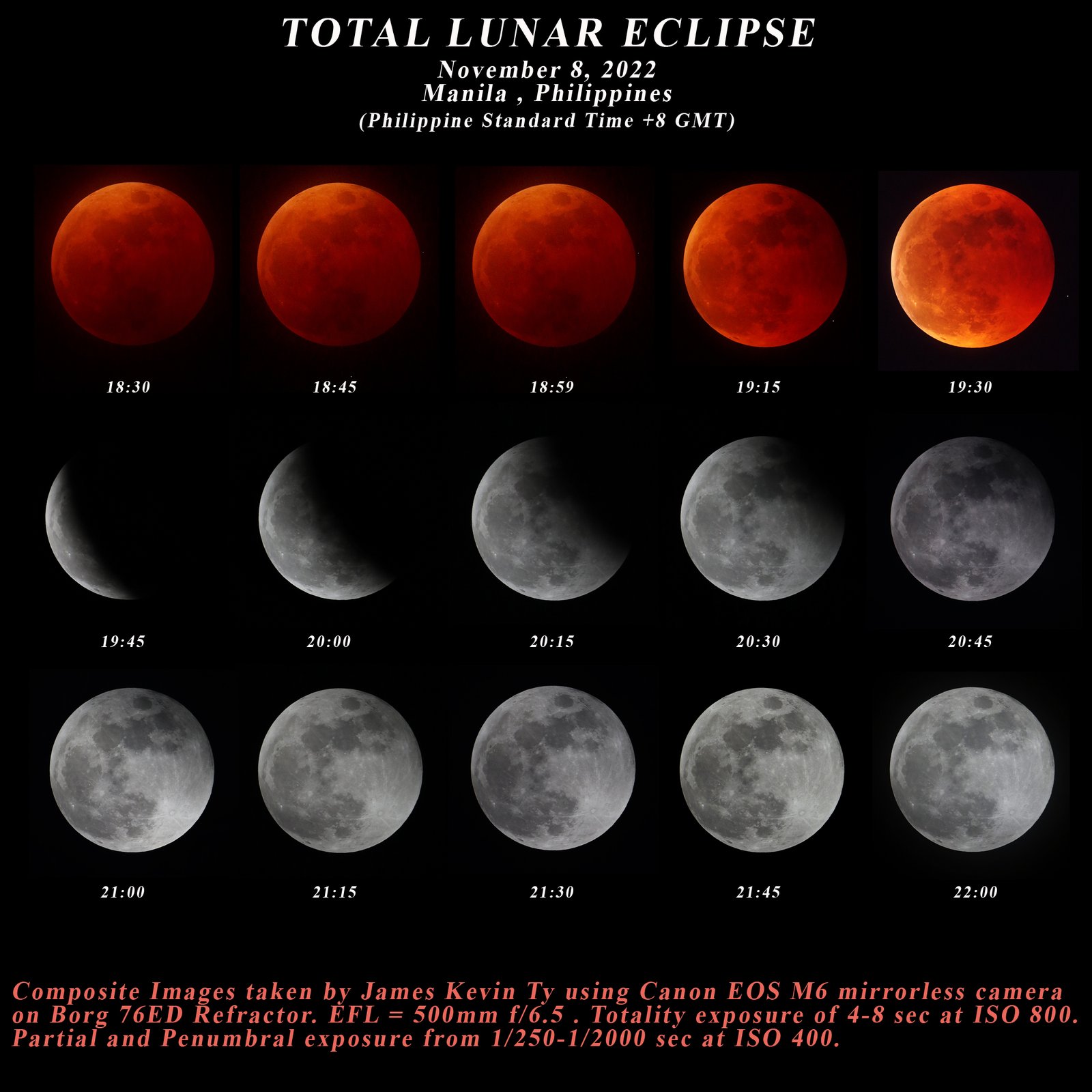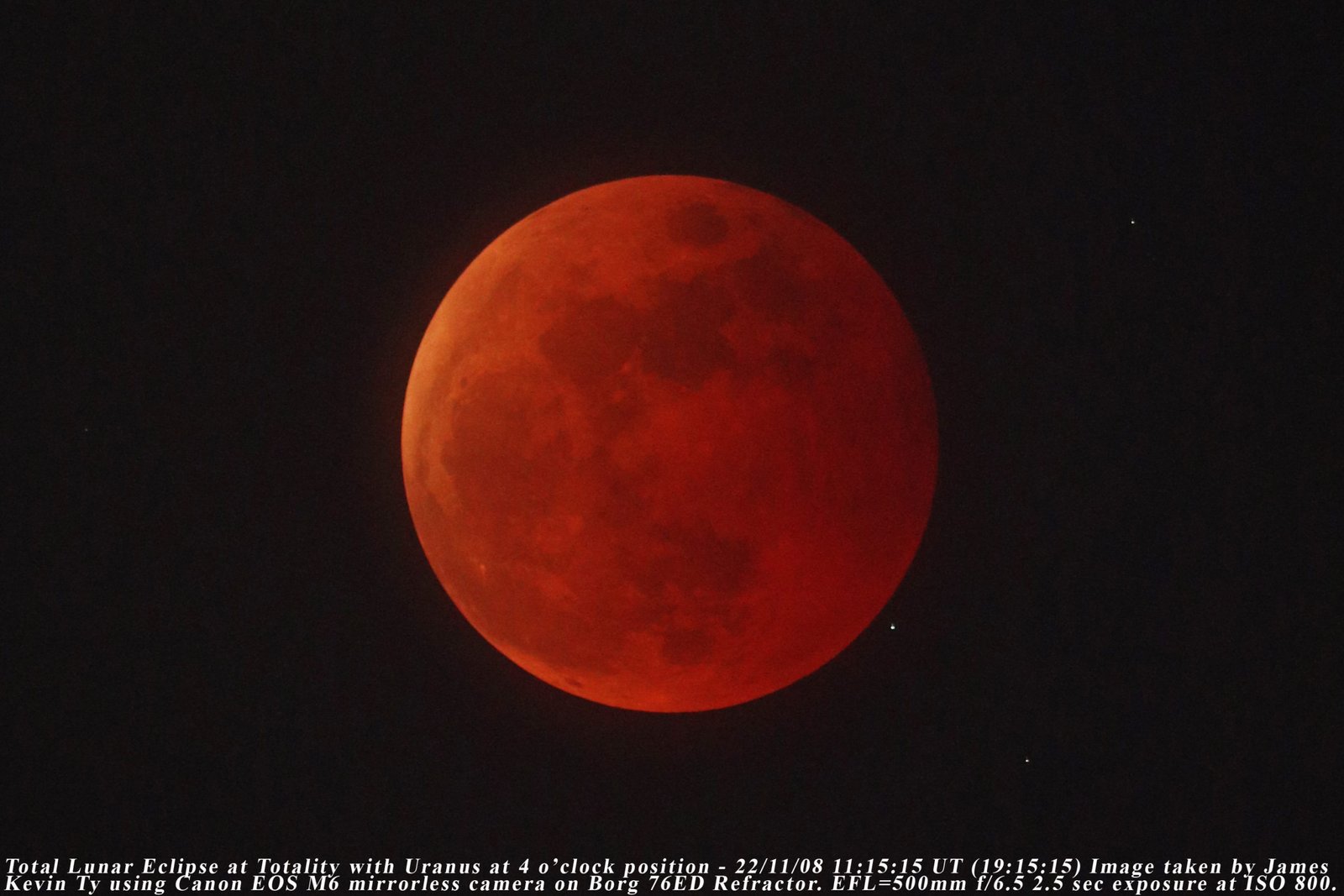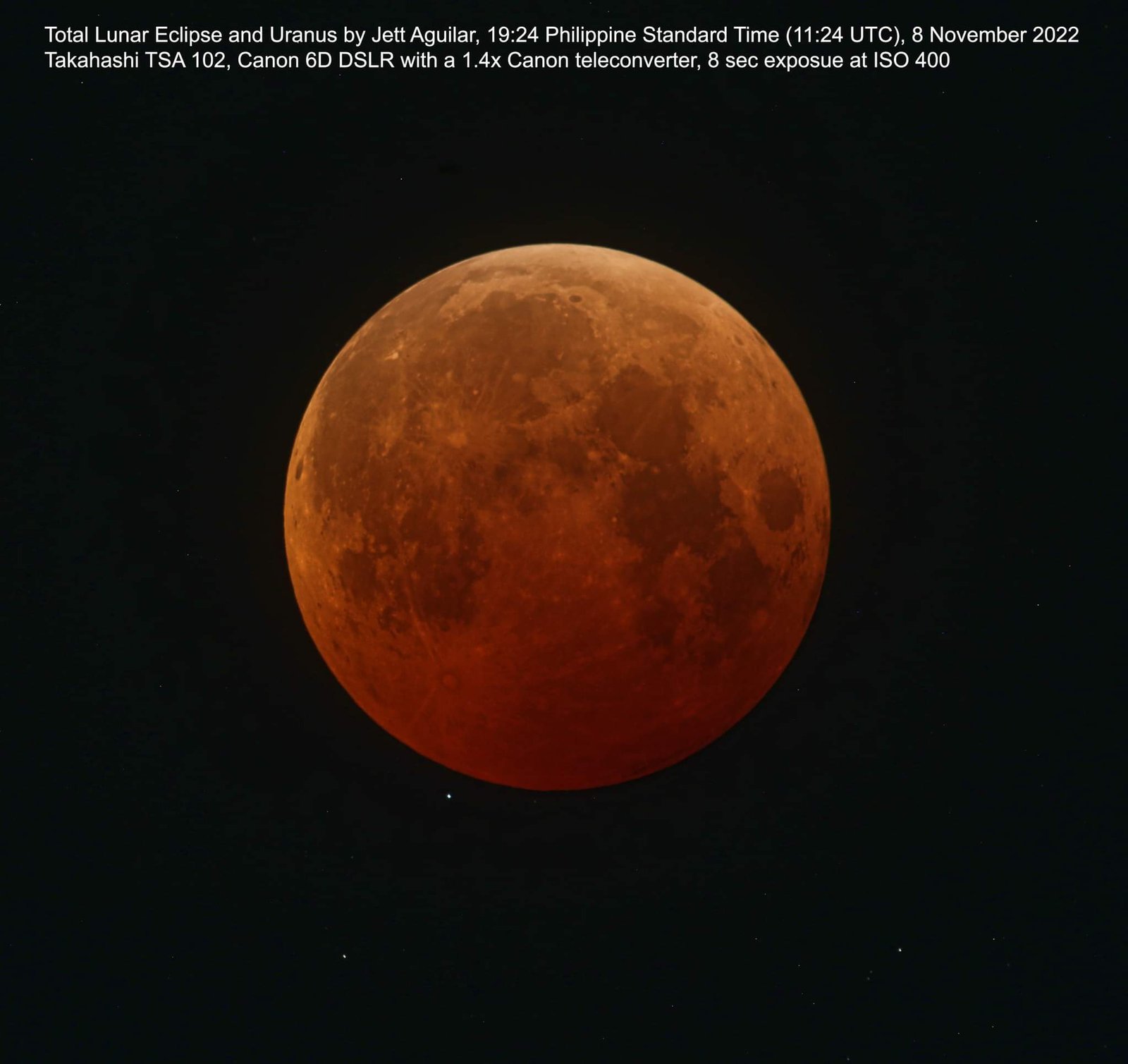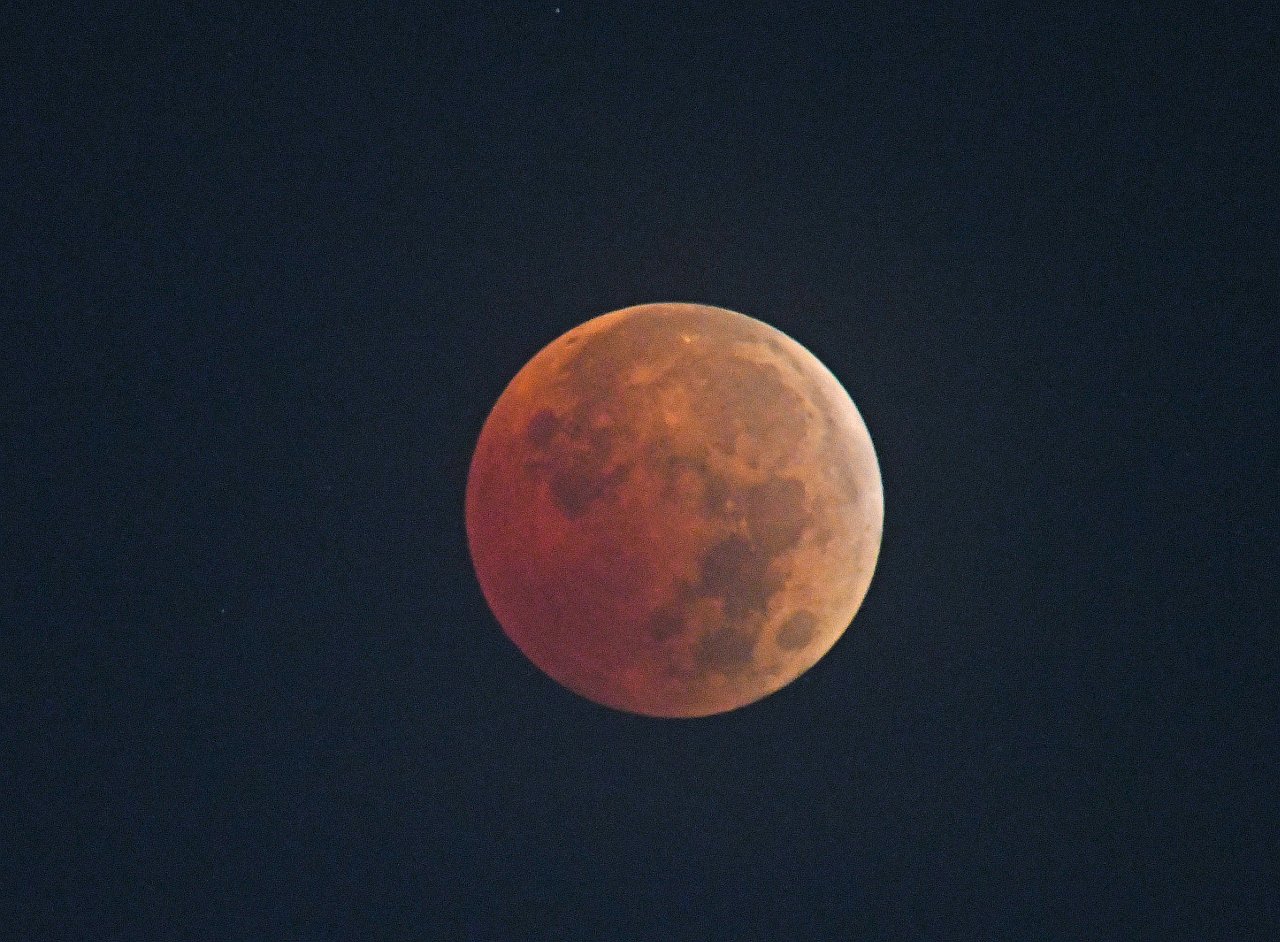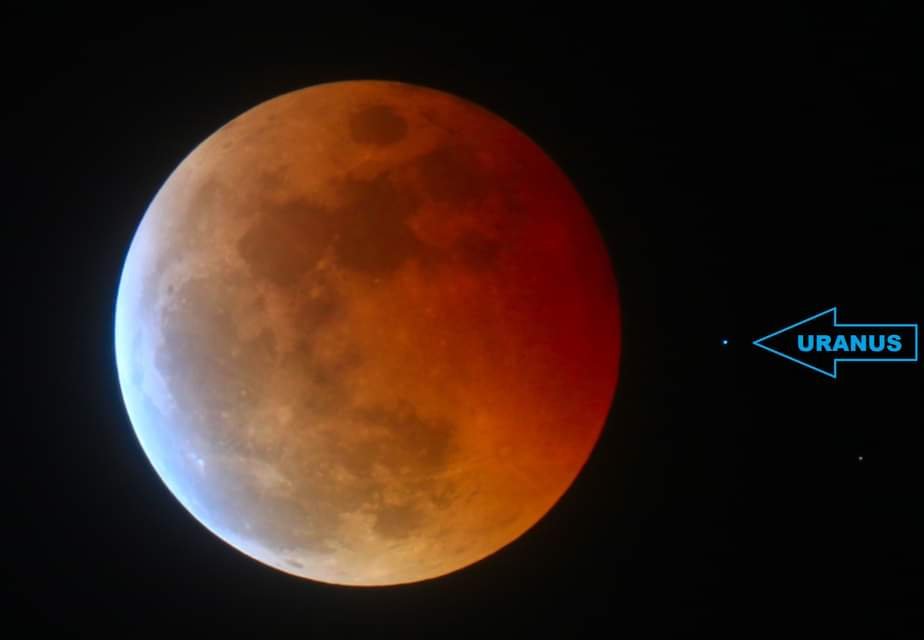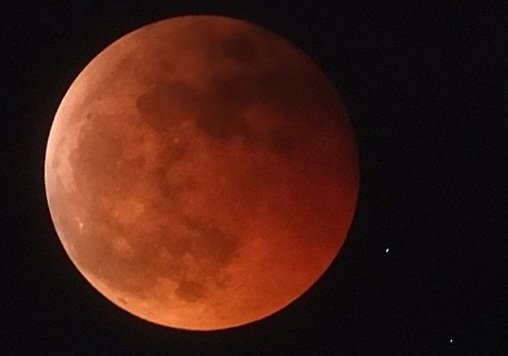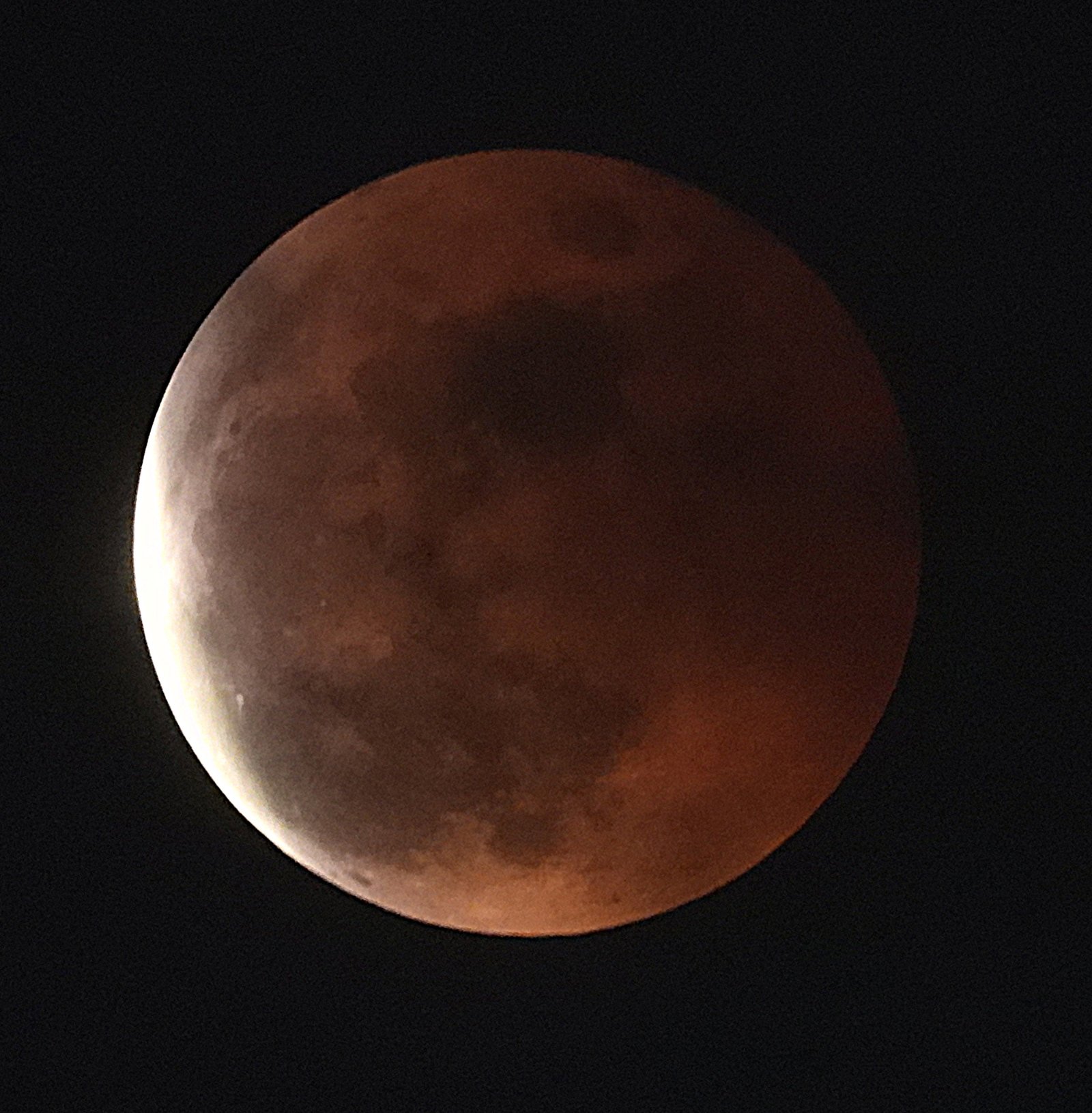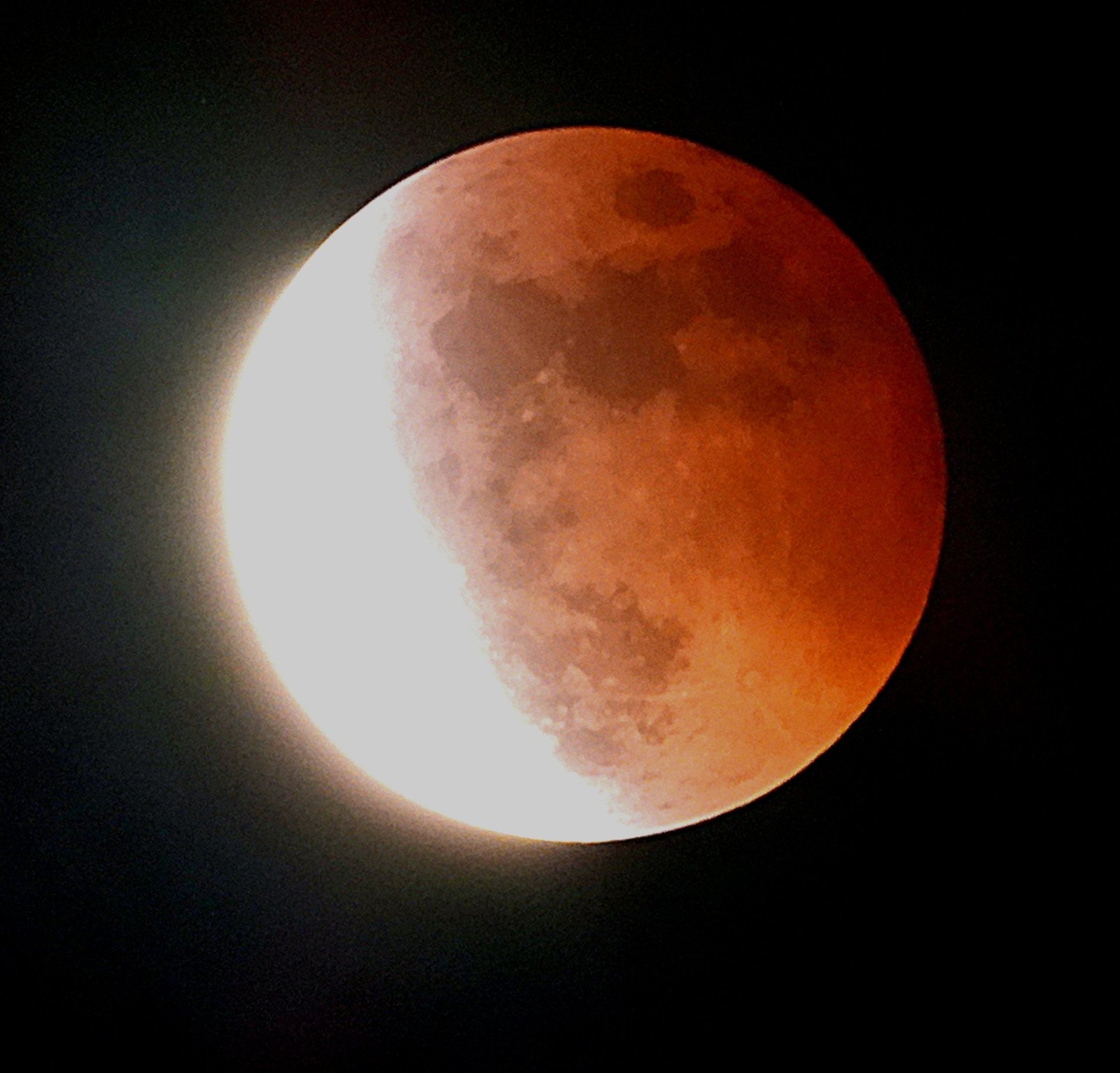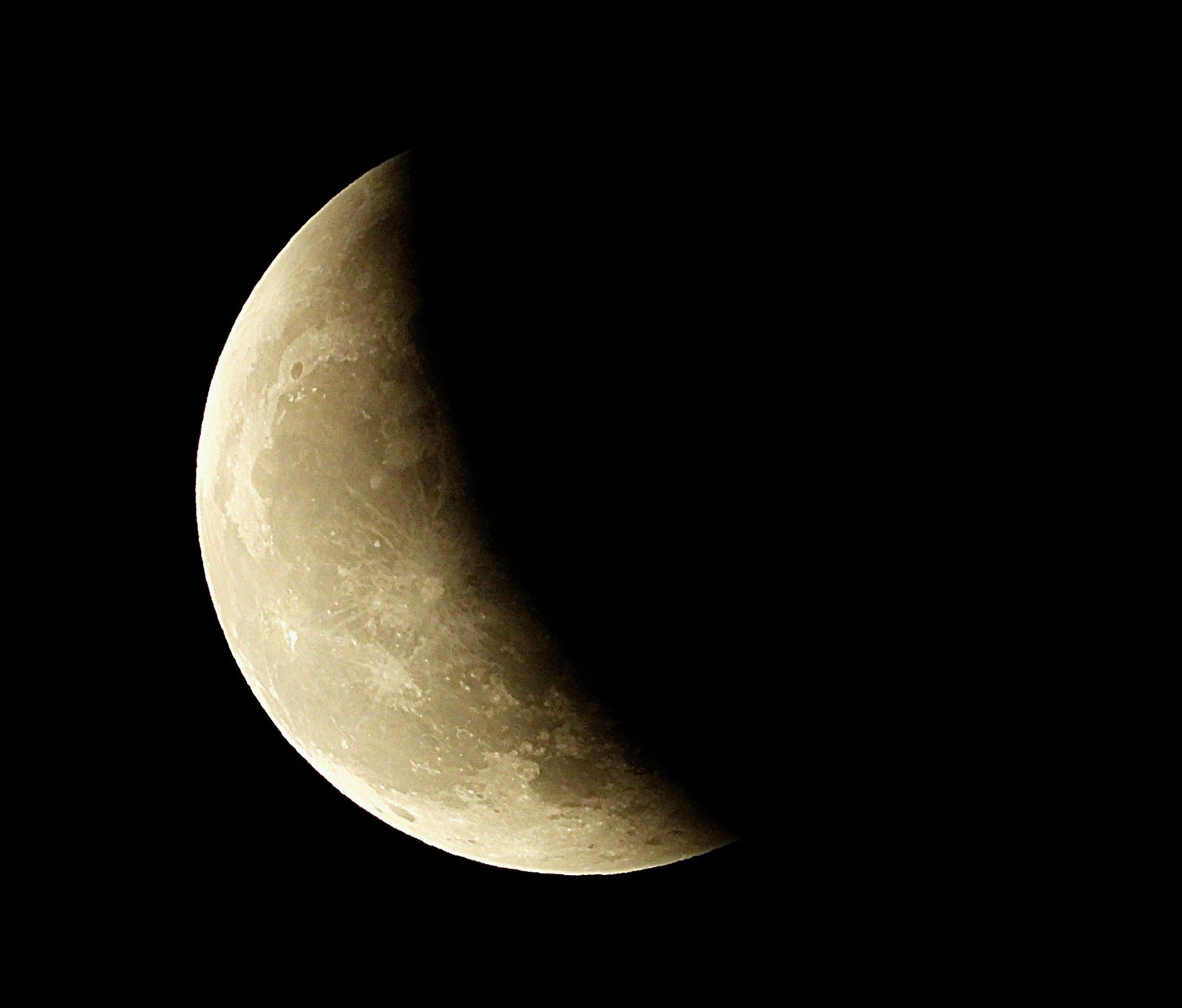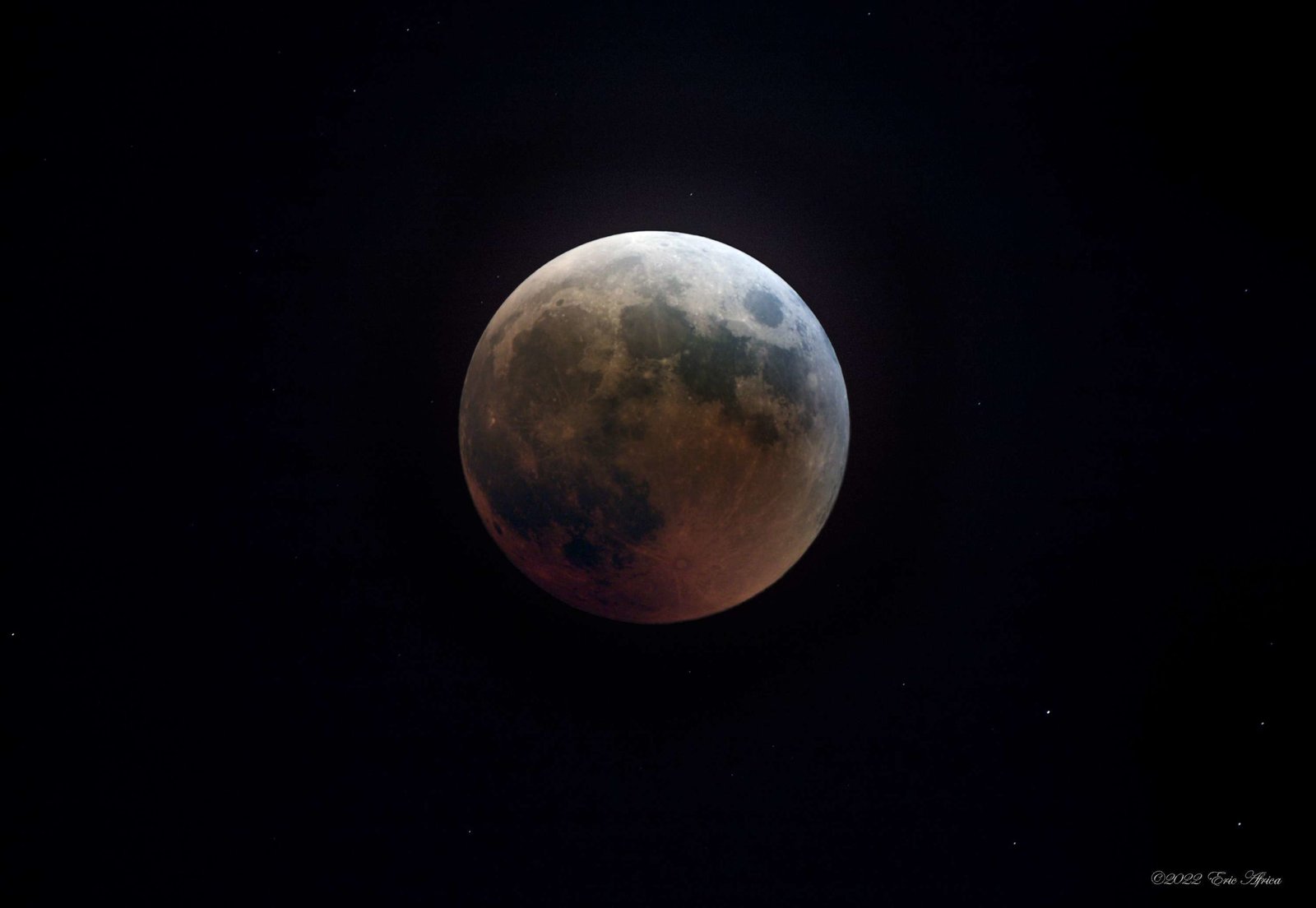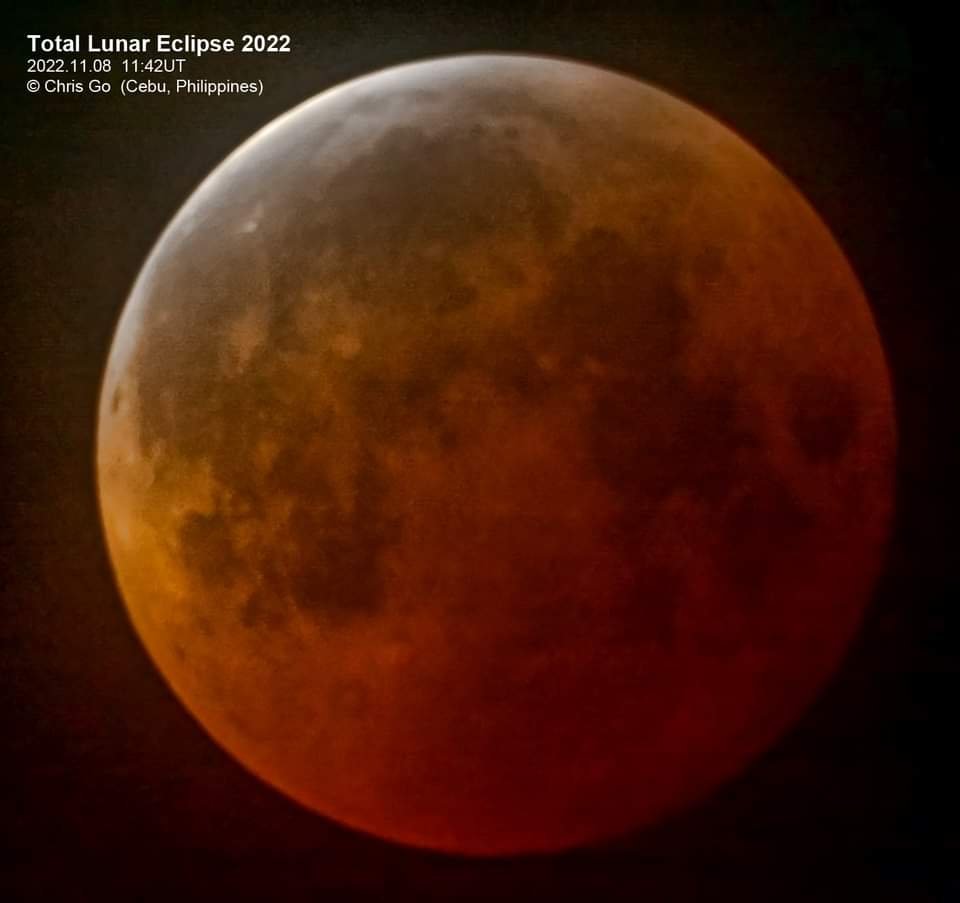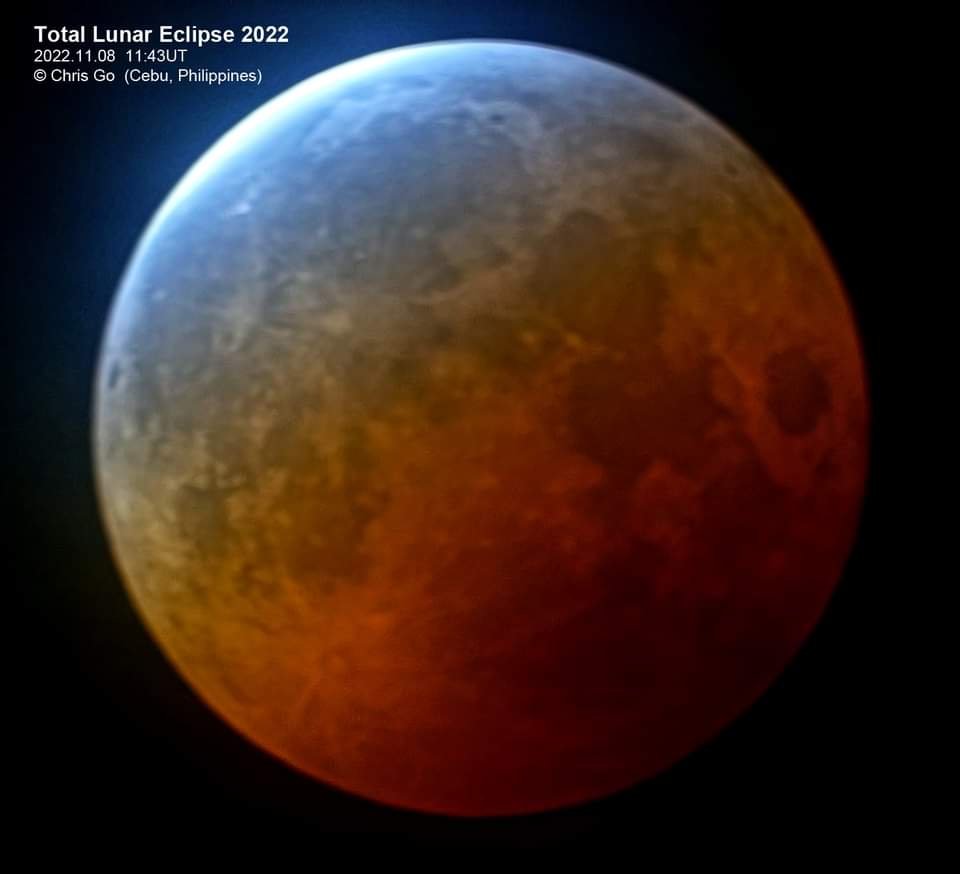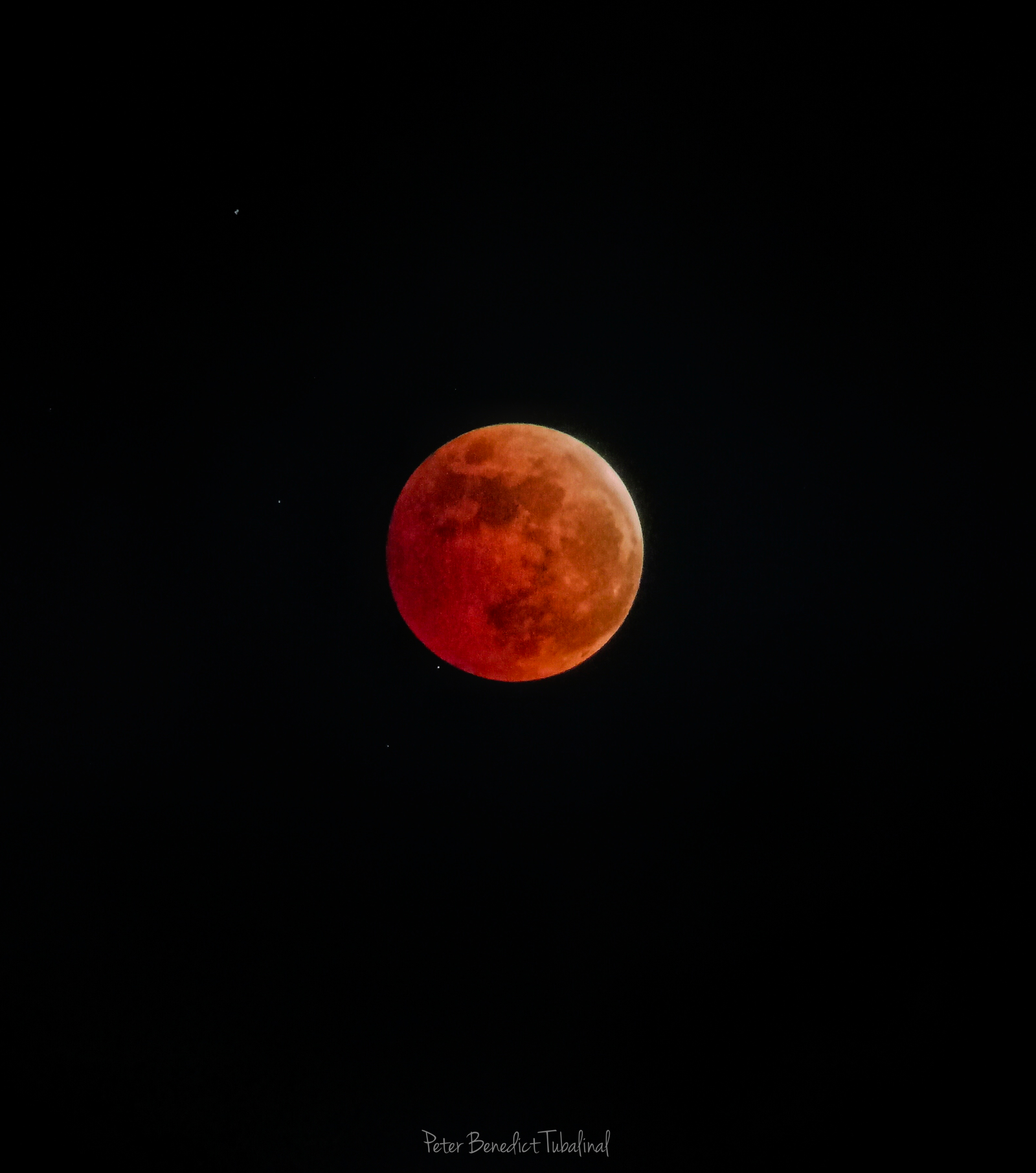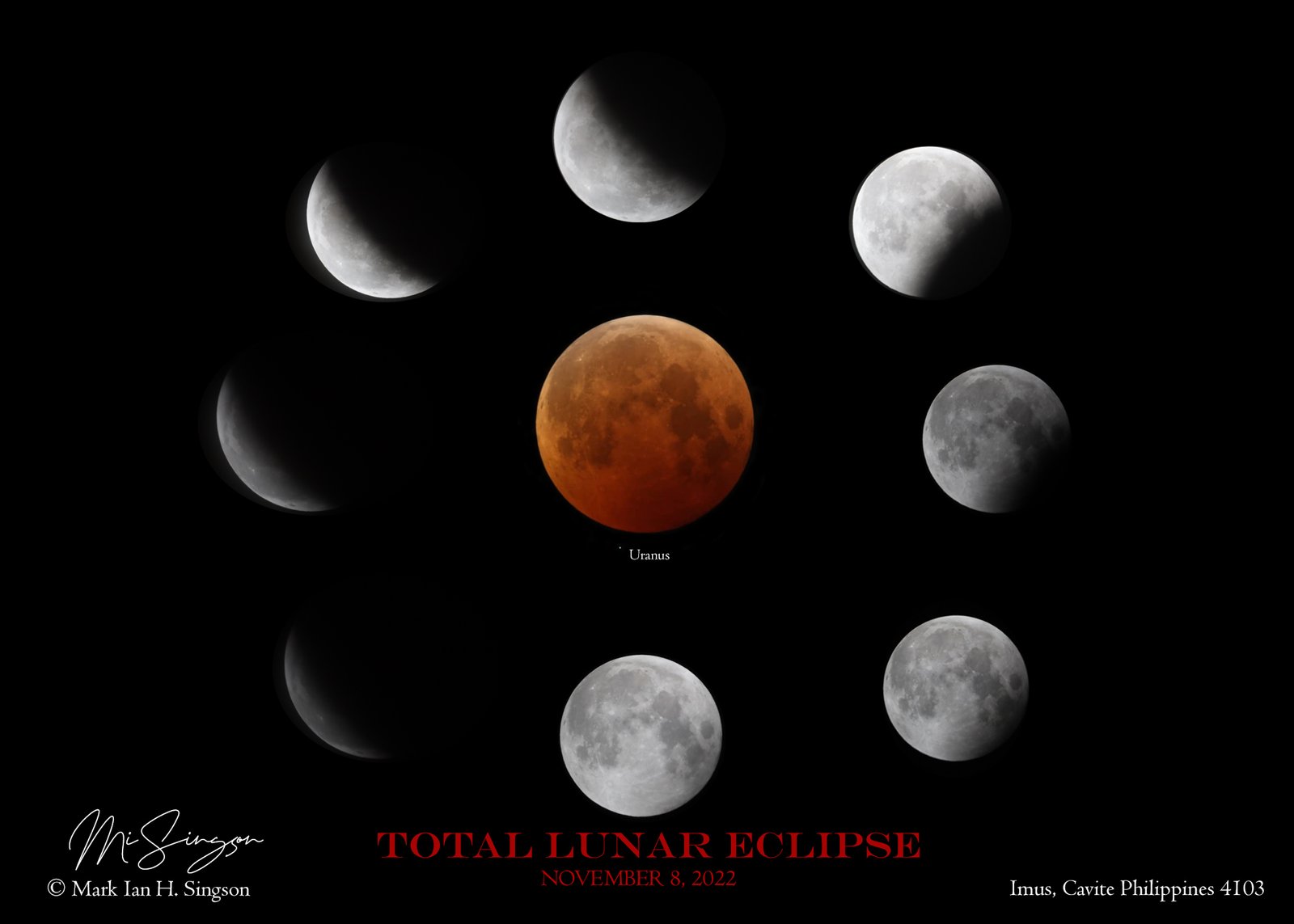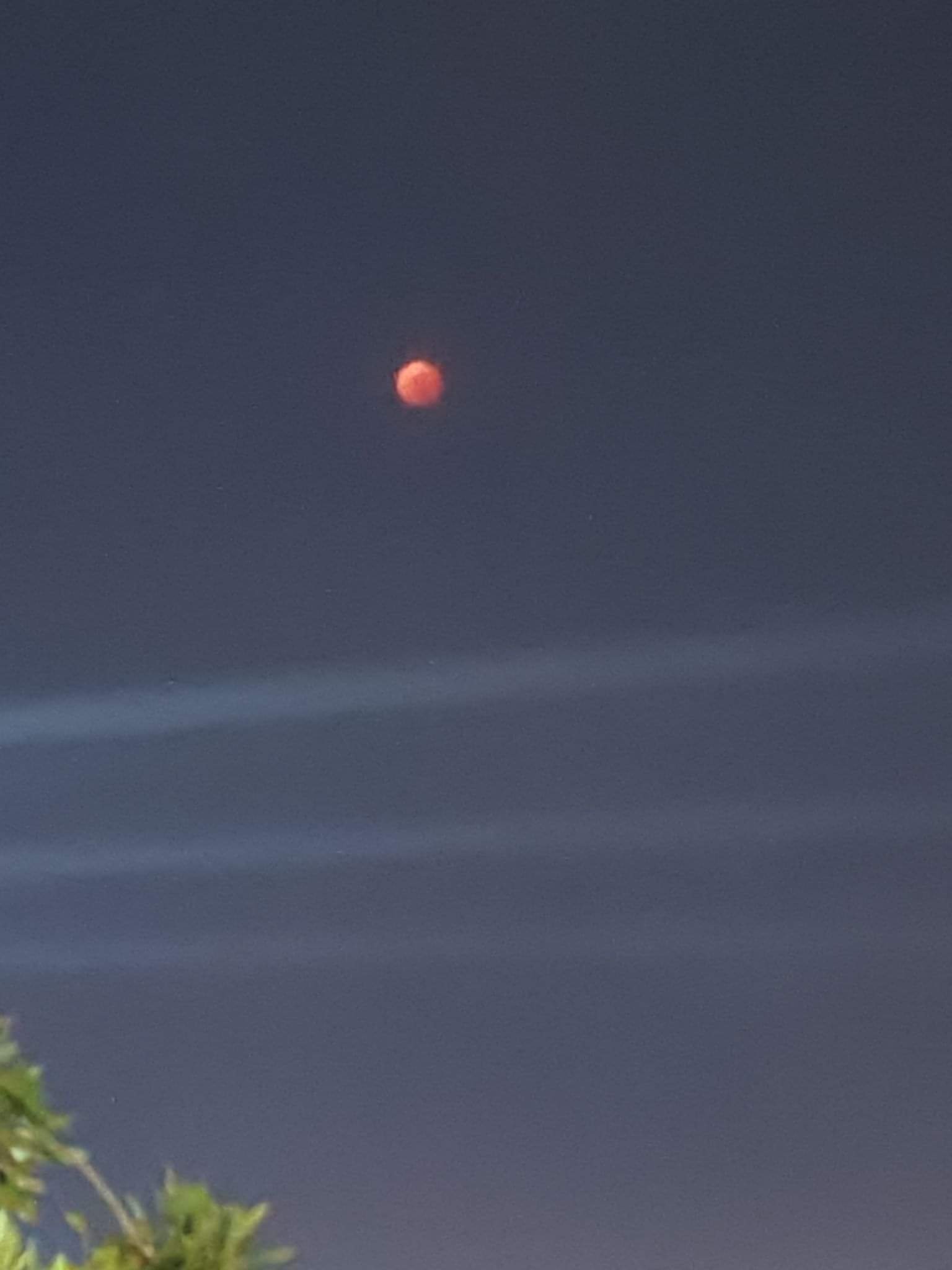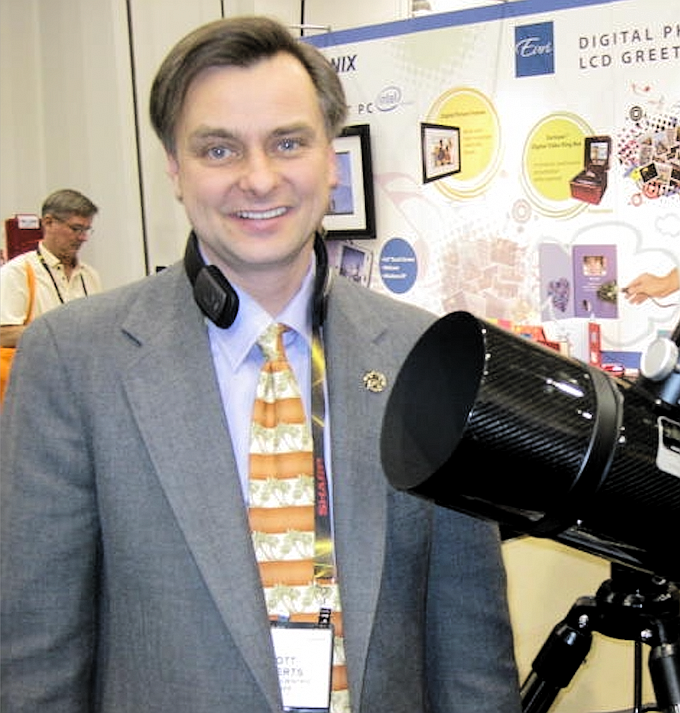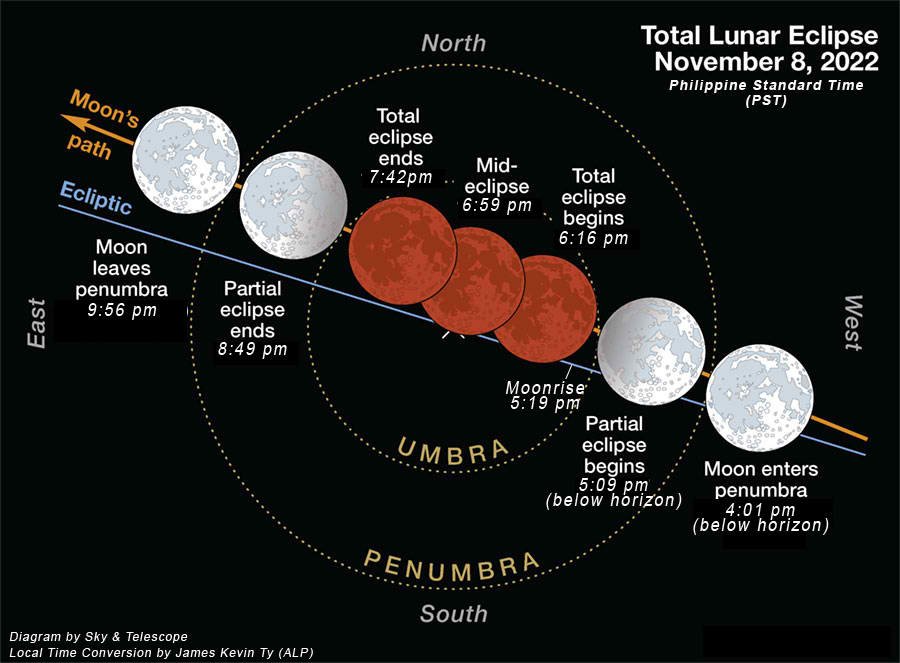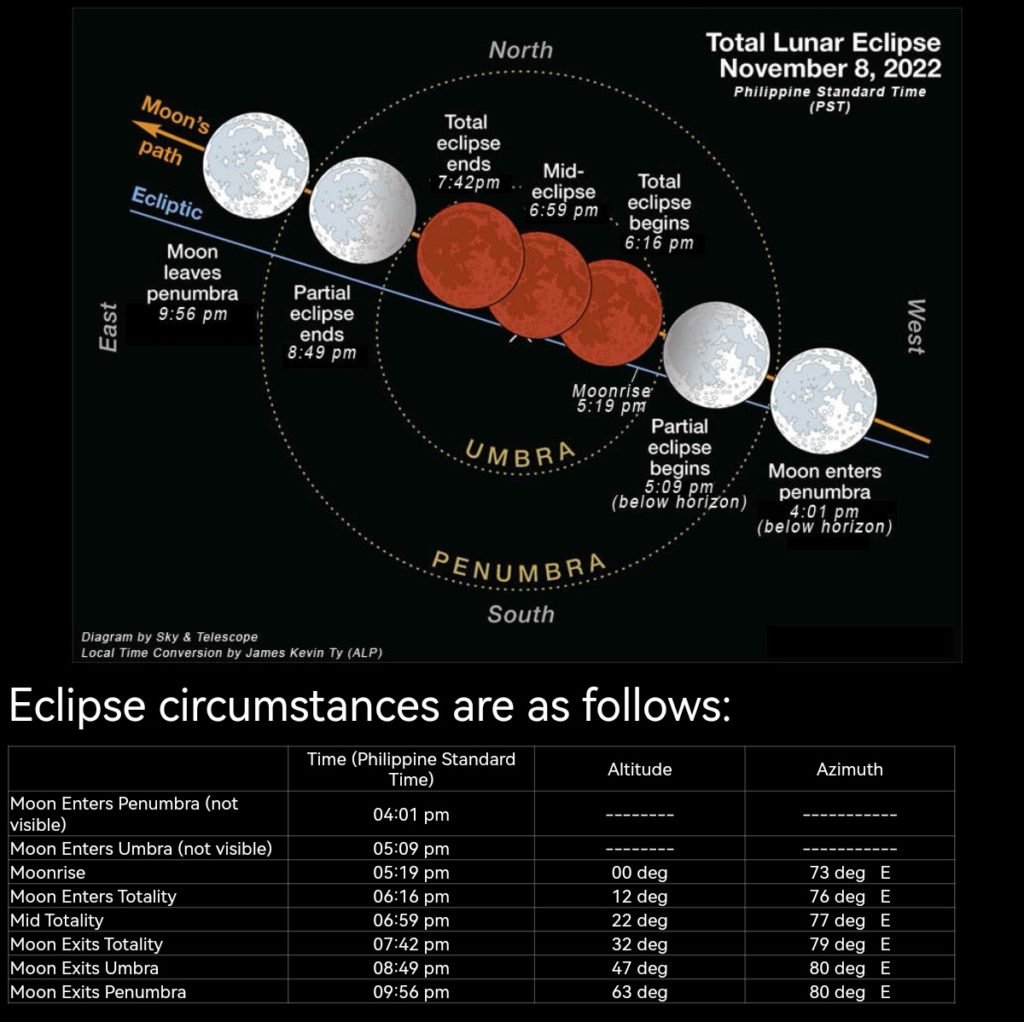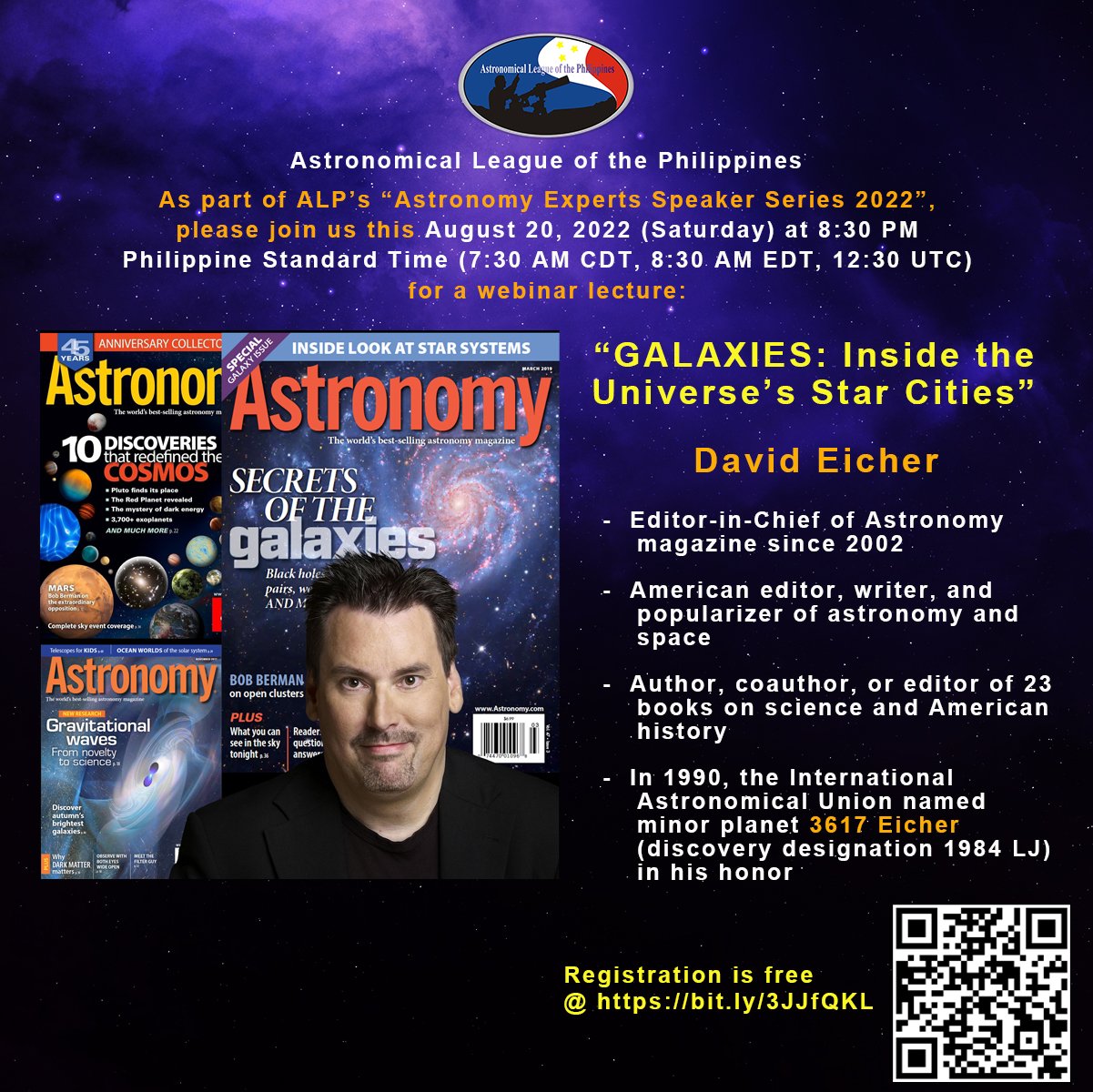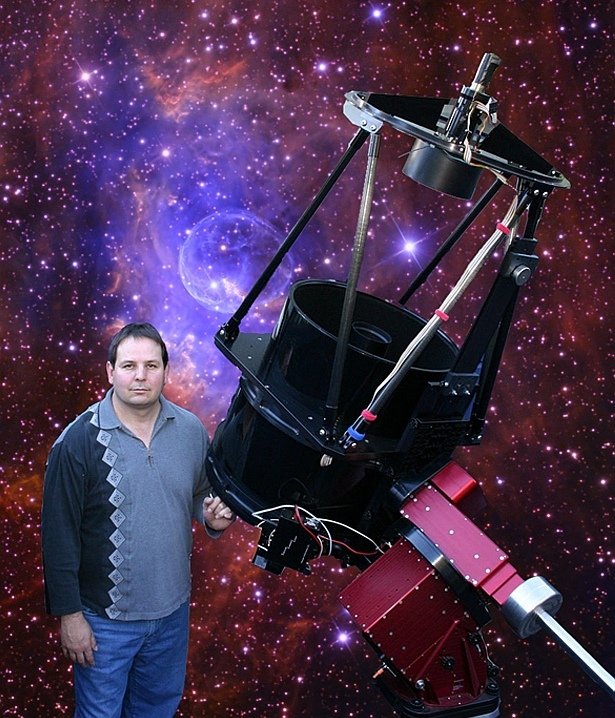Last February 25th, the Astronomical League of the Philippines (ALP) concluded National Astronomy Week 2023 with another Free Telescope Viewing Session at SM by the Bay at SM Mall of Asia , Pasay City.
Members who were present are ALP President James Kevin Ty and son Kendrick Cole KC Ty, Treasurer Andrew Ian Chan, Secretary Justine Co Chan, director Peter Benedict Tubalinal, Joyce Gonsalves, Pam Sabado, and Teddy-Ty Chua.
They initially meetup at Coffee Bean at around 3:30pm to have a short monthly meeting there to discuss logistics as well as install new motor drive on the Joyce’s Celestron Astromaster 114 Newtonian reflector for the free telescope viewing evebr later at 6pm.
James brought along his Borg 76ED Refractor on Vixen GPDX mount, Andrew with his Skywatcher 80ED refractor on Vixen GP mount, Joyce with her Celestron Astromaster 114 Newtonian reflector on CH-2 mount, Teddy-Ty with his Celestron Nexstar SLT127 Maksutov-Cassegrain reflector and Pam’s Svbony SV501P 60mm short tube refractor on sturdy tripod .
They started the event at around 6:00pm by viewing the planet Venus as the sky was also cloudy. They later observe Waxing Crescent Moon also through passing clouds while the people waited patiently as the Moon comes in and out of cloud opening.
More or less around 300 people were able to get a nice view of planet Vebus and the Waxing Crescent Moon. It was also ALP’s 1st free telescope viewing event since the last NAW event in February 2020.
At around 9:15pm, the group had their traditional group picture taken before packing up and went to McDonald’s in Blue Wave to have late dinner before going home.




